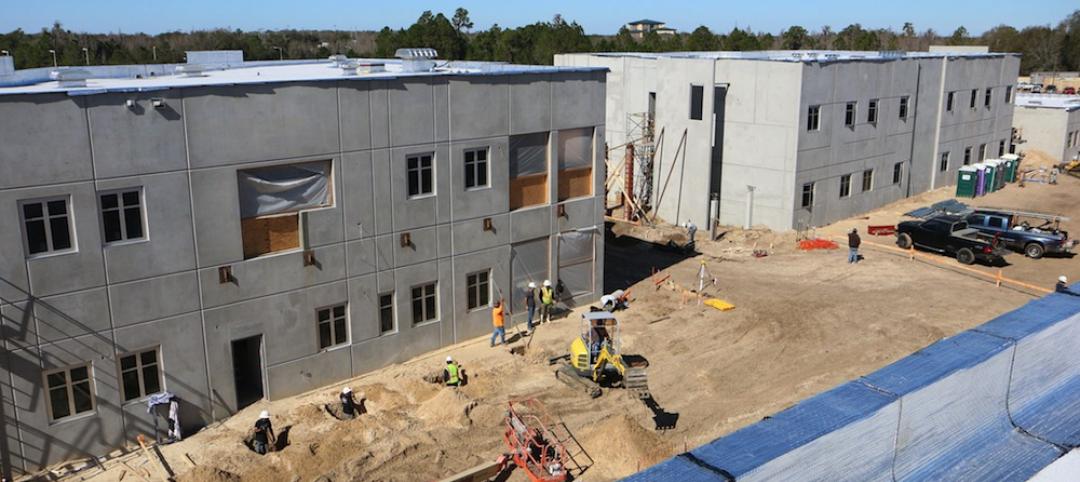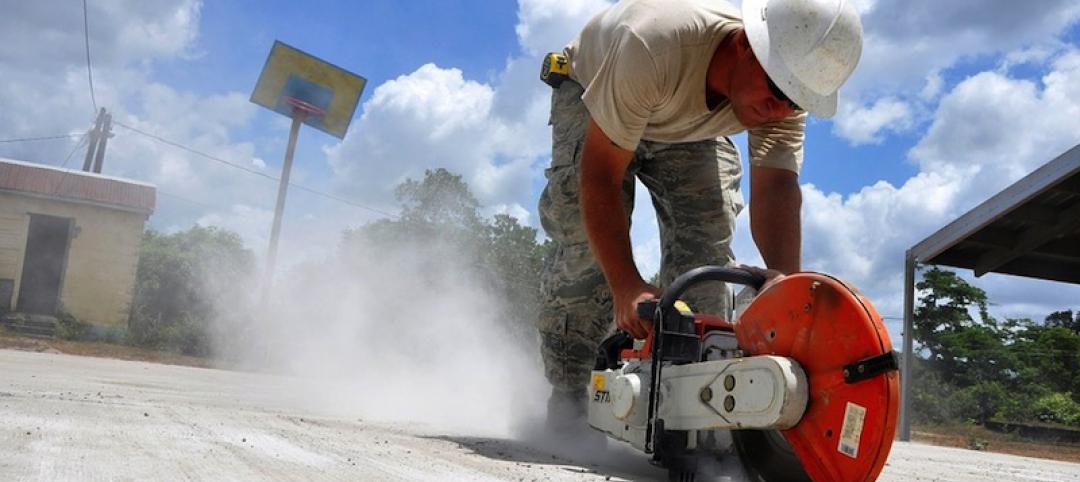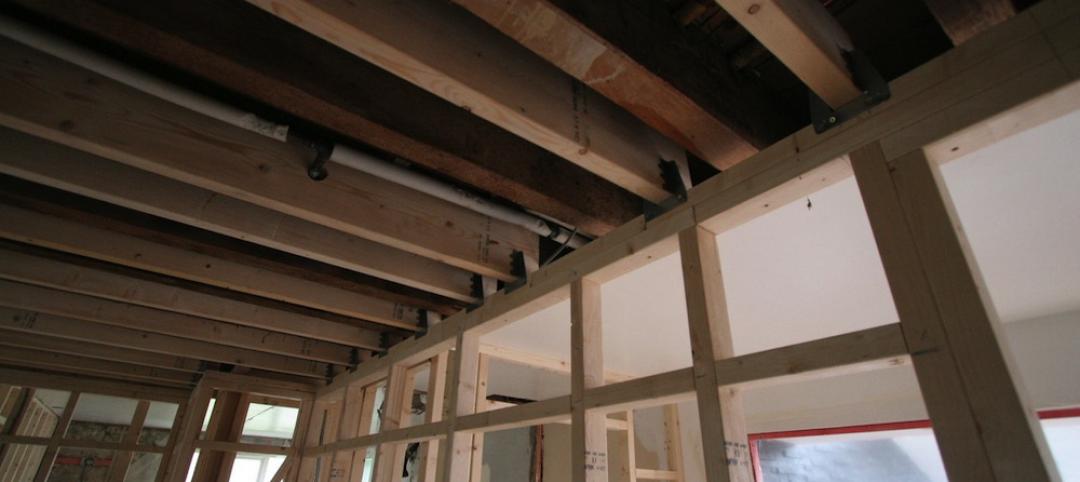Research indicates that most American cities will experience up to five or 10 times as many excessively hot (90+ degrees Fahrenheit) days within a few decades.
To help reduce urban heat, 22 U.S. organizations have launched the Smart Surfaces Coalition. The group’s aim is to help cities to understand how to use advanced surface technologies to reduce heat and prevent flooding.
U.S. cities can cut excess heat days by half, save $700 billion, and create 270,000 new jobs by deploying smart surfaces, according to a news release from the U.S. Green Building Council. “Rapidly rising temperatures are already costing consumers and companies billions in higher energy and health care costs, and making American communities less livable and healthy,” the release says.
Smart surface technologies allow cities to better manage sun radiation and storm water runoff through:
— Cool roofs and pavements that reflect away (instead of absorbing) sunlight—cutting temperatures and smog
— Green roofs and trees that provide shade and reduce flood risk
— Solar PV that converts sunshine into electricity and provides shade
— Porous pavements, sidewalks, and roads that reduce water runoff and flooding and cut the cost of managing storm water
Related Stories
Steel Buildings | Apr 4, 2016
AISI publishes Cold-Formed Steel Framing Design Guide, 2016 Edition
Updates 2007 edition; includes five comprehensive design examples.
Data Centers | Apr 1, 2016
ASHRAE releases publication on the impact of IT equipment on data center design
The book offers advice for designing structures in the fast-changing data center industry.
Codes and Standards | Mar 28, 2016
Occupant egress simulations that impact codes fall short, researchers say
Building evacuations in emergencies are too dangerous as a result.
School Construction | Mar 28, 2016
National report on school buildings reports $46 billion annual funding shortfall
Millions of students said to be learning in obsolete facilities.
Codes and Standards | Mar 25, 2016
ASHRAE grants fund human thermal comfort database project
Aim is to help better understand thermal comfort in residential and commercial buildings.
Codes and Standards | Mar 25, 2016
OSHA finalizes new silica dust regulations
Construction industry has until June 2017 to comply.
Wood | Mar 23, 2016
APA updates Engineered Wood Construction Guide
Provides recommendations on engineered wood construction systems.
Codes and Standards | Mar 23, 2016
Affordable housing advocates differ on micro-apartment policy
New York’s luxury micro units could be first step to developing affordable units.
Codes and Standards | Mar 21, 2016
GRESB launches Health and Well-being Module for real estate industry
Optional supplement to environmental, social, and governance assessment.
Codes and Standards | Mar 4, 2016
U.S. Supreme Court lets San Jose affordable housing law stand
Law attempts to alleviate Silicon Valley’s high housing costs.

















